Cloud Gaming A Comprehensive Guide
Introduction
Cloud Gaming Streaming gaming, which is also referred to as cloud gaming presents an captivating approach, to enjoying video games. Than going through the process of installing games on your computer or console you can now stream them directly from a remote server. This remarkable advancement enables you to delve into the most exciting games on any device regardless of its processing power.
Although cloud gaming is still in its stages of development it holds potential to transform the gaming industry. Lets take a look, at what cloud gaming entails how it operates and the advantages and disadvantages associated with this innovative technology.
What is Cloud Gaming?
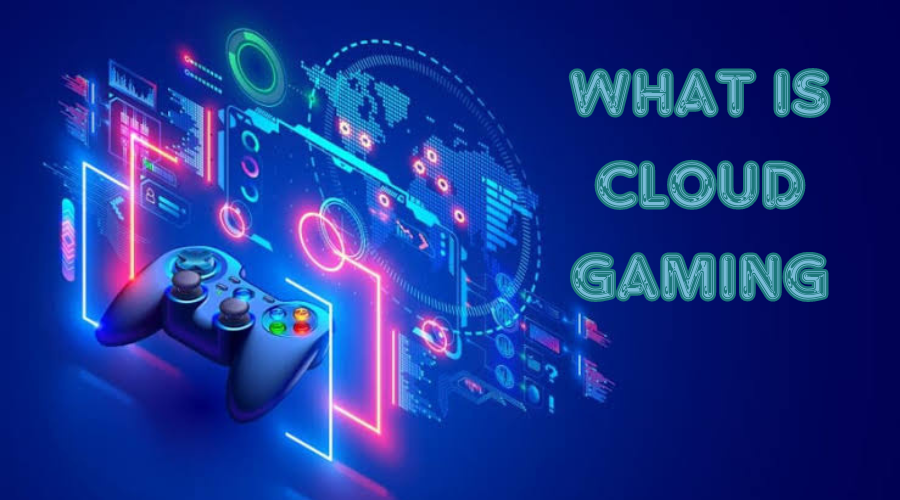

Cloud gaming refers to a form of video game streaming service that enables users to play games without the need, for downloading or installing them. Instead the games are streamed directly from a server to the users device. This convenient feature allows users to enjoy gaming on devices such, as computers, smartphones, tablets and smart TVs.
How Does Cloud Gaming Work?
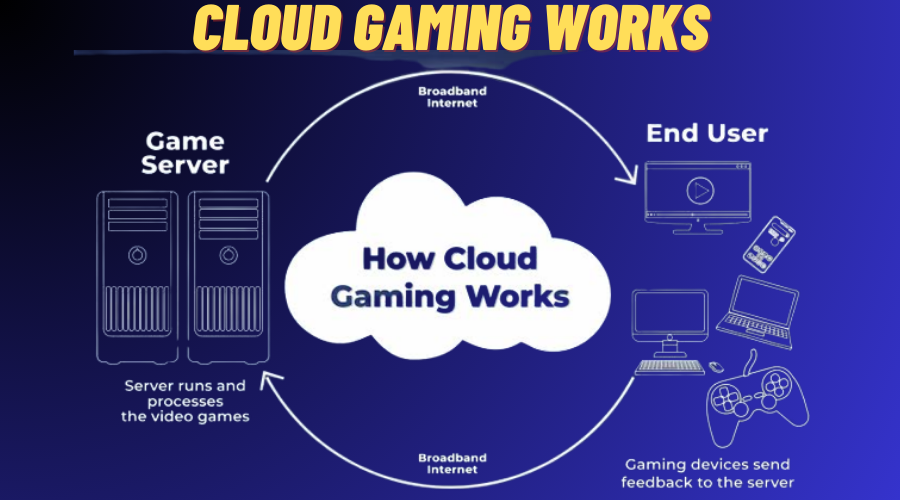

When you engage in cloud gaming your device sends a request, to the server, for the game data. The server then streams the game data to your device, which is then processed and shown on your screen.
For cloud gaming to work smoothly it is important to have an dependable internet connection. The quality of your gaming experience improves as your internet connection speed increases.
Benefits of Cloud Gaming
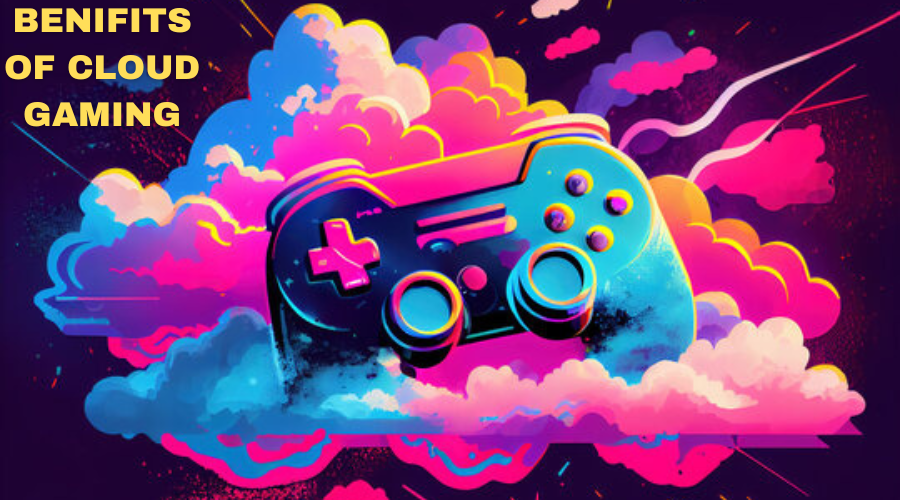

There are many benefits to cloud gaming, including:
- Accessibility: Cloud gaming provides a way to play the games on any device regardless of its hardware capabilities making it more accessible, to individuals without computers or consoles.
- Convenience: One of the advantages of cloud gaming is its convenience. There’s no need to go through the hassle of downloading or installing games; you can jump into playing them.
- Performance: Furthermore cloud gaming servers are known for their power ensuring that even low end devices can deliver performance.
- Game library: Another perk of cloud gaming services is their game library. With a range of options there’s always something, for everyone catering to even the most selective gamers.
Drawbacks of Cloud Gaming
There are also some drawbacks to cloud gaming, including:
- Internet requirement: To enjoy cloud gaming it’s important to have an dependable internet connection. If your internet is slow or unreliable you might face issues, like lag and performance problems.
- Cost: Cloud gaming services can be costly. Some require a subscription fee while others charge based on the hours you spend playing.
- Gaming selection: Keep in mind that the game options, on cloud gaming platforms may be limited. Certain services offer a selection of games and theres a chance that some popular titles may not be available.
How cloud computing is used in online gaming
Cloud computing is utilized in gaming to transfer the burden of processing and rendering games to servers located remotely. This allows your device to conserve its resources and enables you to fully immerse yourself in the game.
When engaging in a cloud based game your device transmits your input commands, to a server. Subsequently the server handles the rendering of the game and streams both video and audio content back, to your device. This entire process occurs instantaneously replicating an experience as if the game were being executed directly on your device.
Example of a Cloud Gaming Service
Google Stadia is a cloud gaming platform that allows you to enjoy playing games on devices, like your television, laptop or mobile phone without the hassle of downloading or installing anything. The only requirement is an fast internet connection.
Difference between Cloud Gaming &Cloud Computing
Here’s a table differences between Cloud Gaming and Cloud Computing:
| Feature | Cloud Gaming | Cloud Computing |
|---|---|---|
| Primary Purpose | Streaming and playing video games over the internet | Providing on-demand access to computing resources |
| Resource Usage | Emphasizes GPU, graphics rendering, and low latency | Focuses on CPU, RAM, storage, and general computation |
| Application Type | Entertainment and gaming | Broad range, including business applications and data |
| User Interaction | Requires real-time interaction and responsiveness | User interactions vary, not necessarily real-time |
| Latency Sensitivity | Extremely sensitive; low latency is crucial | Latency is a concern but may have more flexibility |
| Data Transfer | High bandwidth for streaming graphics and gameplay | Variable depending on the type of computation |
| Infrastructure Needs | Requires robust graphics processing infrastructure | Requires general-purpose computing infrastructure |
| Example Platforms | Google Stadia, NVIDIA GeForce Now, Xbox Cloud Gaming | Amazon Web Services (AWS), Microsoft Azure, Google Cloud |
| Use Cases | Gaming, live streaming, esports | Data storage, processing, machine learning, web hosting |
| Challenges | Latency issues, high bandwidth requirements | Security concerns, data privacy, resource management |
| Business Models | Subscription-based (e.g., Xbox Game Pass, Stadia Pro) | Pay-as-you-go, subscription-based, or custom pricing |
Cloud Computing: A Comprehensive Guide
Introduction


Cloud computing has transformed the way businesses operate by offering an economical method of accessing computing resources. In this blog post we will delve into the concept of cloud computing, its functionality as its advantages and disadvantages.
What is Cloud Computing?


Cloud computing refers to the provision of computing services, over the internet (commonly known as “the cloud”). These services encompass servers, storage, databases, networking, software applications, analytics tools and more. The primary goal is to assist businesses in scaling their operations and facilitating growth. By leveraging cloud computing companies can opt to rent applications of building and maintaining their infrastructure and platforms. This approach not saves them time but also leads to significant cost savings.
How Cloud Computing Works?


Cloud computing service providers host their infrastructure and platforms in data centers distributed across locations worldwide. Businesses can access these resources via the internet on an on demand basis while only paying for the resources utilized. This scalability factor combined with its cost effectiveness makes cloud computing a solution, for businesses of all sizes.
Benefits of Cloud Computing
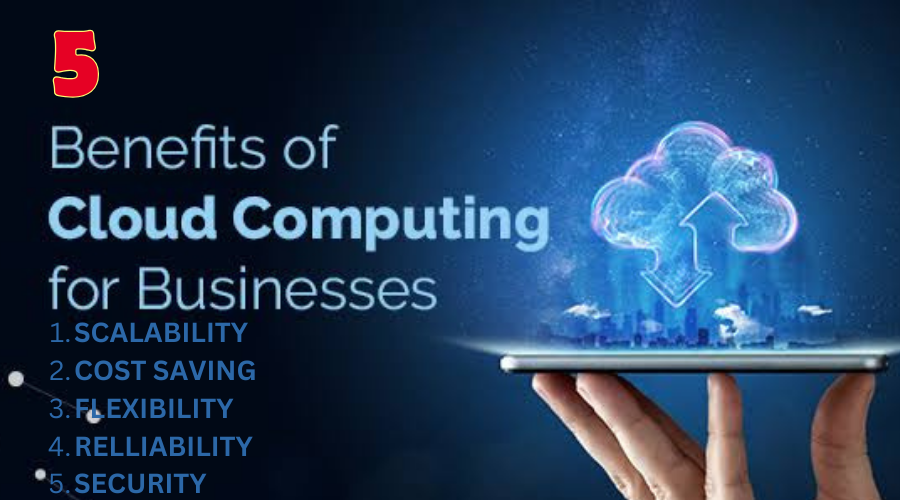

There are many benefits to using cloud computing, including:
- Scalability; Cloud computing has the ability to easily adjust its resources as your business needs change. This flexibility helps you avoid allocating resources and ultimately saves you money.
- Cost savings; Cloud computing offers cost saving benefits by reducing expenses related to hardware, software and IT staff.
- Flexibility; Cloud computing provides the flexibility to access your data and applications from anywhere at any given time.
- Reliability; With providers offering levels of reliability and uptime you can have confidence that your data and applications will always be accessible when needed.
- Security; Cloud providers offer a range of security features that effectively safeguard your data against access.
Drawbacks of Cloud Computing
While there are many benefits to using cloud computing, there are also a few drawbacks to keep in mind:
- Vendor lock-in: Once you start using a cloud provider, it can be difficult to switch to another provider. This is because your data and applications may be locked into the provider’s platform.
- Security risks: If your cloud provider is hacked, your data could be compromised. It is important to choose a cloud provider with a strong security track record.
- Compliance: If you are subject to industry-specific compliance regulations, you need to make sure that your cloud provider can help you meet those regulations.
Where is cloud computing used?
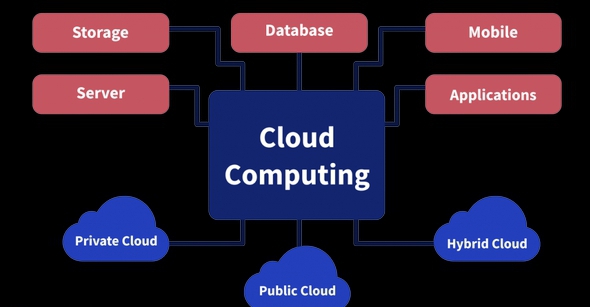

- Data storage and backup: Storing and protecting data; Cloud storage services, like Dropbox Google Drive and iCloud offer the convenience of storing data and accessing it from with an internet connection. It’s an cost effective way to safeguard files and documents.
- Infrastructure as a service (IaaS):Accessing computing resources; IaaS (Infrastructure as a Service) providers grant businesses access to computing resources like servers, storage and networking. This allows businesses to easily scale their IT infrastructure without investing in their hardware.
- Platform as a service (PaaS): Platform for application development; PaaS (Platform as a Service) providers offer businesses a platform for developing and deploying applications. This includes the underlying infrastructure along with services such, as databases, messaging systems and analytics.
FAQs
What is cloud gaming?
Cloud gaming, moreover called exercise streaming, is a service that permits users to play video video games remotely on servers hosted thru a game business enterprise. Instead of taking walks video video games on a nearby tool, the sport is processed and rendered on powerful servers in facts facilities, and the video and audio are streamed to the consumer’s device.
How does cloud gaming art work?
Cloud gaming works through utilizing powerful servers in information centers to run video video games. When a user initiates gameplay, the server tactics the sport, and the video and audio are streamed to the patron’s tool over the net. User inputs are despatched decrease back to the server, creating a persevering with gaming experience without the want for excessive-prevent hardware on the man or woman’s forestall.
What are the benefits of cloud gaming?
Cloud gaming removes the need for highly-priced gaming hardware, allowing customers to play super games on numerous devices, inclusive of smartphones, drugs, and espresso-prevent computers. It additionally gives the benefit of without delay access to a huge variety of video games with out the need for lengthy downloads or installations.
Is there a need to download games for cloud gaming?
In most cloud gaming services, there’s no want to download video games. Games are stored and processed at the cloud servers, and customers can begin playing immediately with out the want for time-ingesting downloads or installations.
What is the role of net pace in cloud gaming?
Internet speed is critical for a smooth cloud gaming enjoy. Higher net speeds lessen latency and ensure better streaming high-quality. Most cloud gaming services suggest a minimal internet velocity for most effective overall performance, and a stable connection is vital to save you interruptions during gameplay.
Can I play multiplayer games on cloud gaming systems?
Yes, many cloud gaming platforms assist multiplayer gaming. Users can play on line multiplayer video games just like they could on traditional gaming systems, connecting with different players round the world.
Do I want a subscription for cloud gaming?
Many cloud gaming offerings provide subscription plans that offer get right of entry to to a library of video games. Some services also provide loose-to-play video games with optionally available in-sport purchases. Subscription plans regularly come with extra benefits, such as higher resolution streaming, distinct content, and reductions on recreation purchases.
Are my recreation development and purchases saved in cloud gaming?
Yes, cloud gaming services generally save game development and purchases inside the cloud, permitting customers to access their video games and progress from distinctive gadgets seamlessly. This guarantees a constant gaming enjoy, regardless of the device getting used.
What are the tool necessities for cloud gaming?
The primary requirement for cloud gaming is a sturdy and immoderate-pace net connection. The unique device necessities rely upon the cloud gaming provider, but normally, a tool with a show, net connectivity, and assist for the cloud gaming platform is all it is wished.
Which gadgets are well matched with cloud gaming?
Cloud gaming offerings are compatible with a whole lot of gadgets, consisting of however now not constrained to PCs, Macs, smartphones, capsules, smart TVs, and effective gaming consoles.
What are the cloud computing gaming companies?
Some of the most popular cloud gaming platforms include:
- Google Stadia
- NVIDIA GeForce Now
- Xbox Cloud Gaming
- Amazon Luna
Cloud Computing Used in Online Gaming?
Cloud gaming is a method of enjoying video games utilizing cloud computing to stream games directly to your device via the internet. The beauty of this approach is that you no longer require a high performance gaming PC or console in order to indulge in the most fantastic games. Instead you have the freedom to use any device with an internet connection be it a smartphone, tablet or laptop.
Does cloud gaming use RAM?
Yes cloud gaming relies on the utilization of RAM. The servers that handle the game streaming process require RAM to ensure real time rendering of the games. Nevertheless the amount of RAM, for your own device to participate in cloud gaming is relatively minimal.
Conclusion
Cloud gaming presents itself as an thrilling technology that holds potential for transforming the gaming industry. It brings forth advantages, including accessibility, convenience, enhanced performance and a vast library of games to choose from. However it is important to acknowledge some drawbacks associated with cloud gaming such as the requirement, for a stable internet connection potential costs involved and a somewhat limited selection of available games.
In general cloud computing is a resource that enables businesses of sizes to reduce costs enhance productivity and expand their operations. Nonetheless it is crucial to evaluate the advantages and disadvantages of adopting cloud computing before reaching a verdict.


TotalInfo4U: Your Ultimate Source for Comprehensive Knowledge

